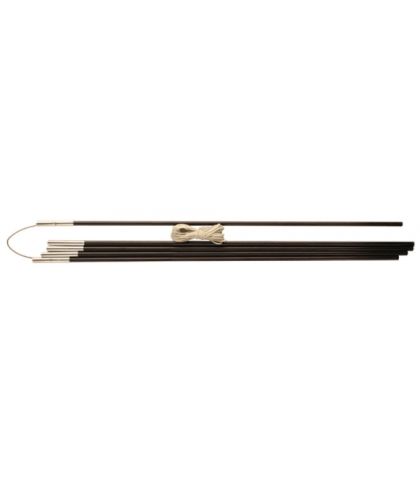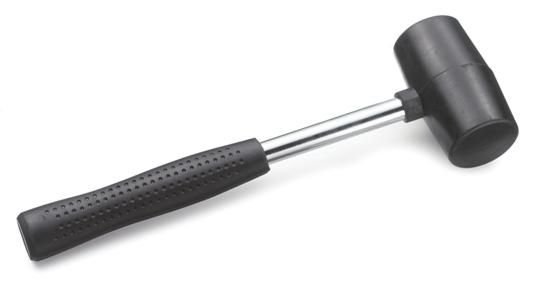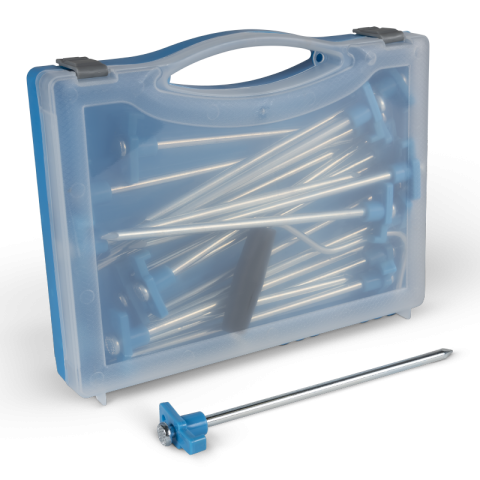Bought a New Tent?
Buying a new tent ahead of a special camping trip always involves hours of online research, narrowing down your options until you know which models are suitable for your needs. Once the shortlist has been drawn up people often ask friends and family with similar tents for advice.
Going to a camping superstore and seeing similar tents set up can help make a decision, but the hard work does not stop when you have your new tent in your hands.
Before you go on your trip there are some important things to be done to your tent to make sure your holiday is as stress-free as possible. The first step is to unpack the tent and check all the poles, sheets and pegs are there; missing components are easy to replace at the shop, but not when you are on the campsite. It is also a good idea to remember how the parts were packed in the bag, as this is usually the best way of getting everything packed back in, so practicing repacking the tent a few times might save you a lot of hassle when checking out.
Common sense tells us that practicing putting the tent up and taking it down at home is the right thing to do. Doing this ensures you will not need to read instructions (or start at argument about it) on your holiday, and is especially useful if you find yourself having to erect the tent in the wind or rain. If there are no written instructions with your tent they can often be found online, along with videos made by the manufacturers.
On a remote campsite you might not be able to access the internet to find these videos, so it’s best to know how your tent works before you go. The other main benefit to practicing putting your tent up is that you can ensure that you don’t damage it by putting it up incorrectly. Poles and zips can snag on fabric that is too taut or not stretched enough, and permanent damage to the fabric of the tent often renders it unusable in wet weather without lengthy repairs. This process will also help you decide whether you need a mallet or peg extractor (and this may change depending on the terrain on which you camp).










